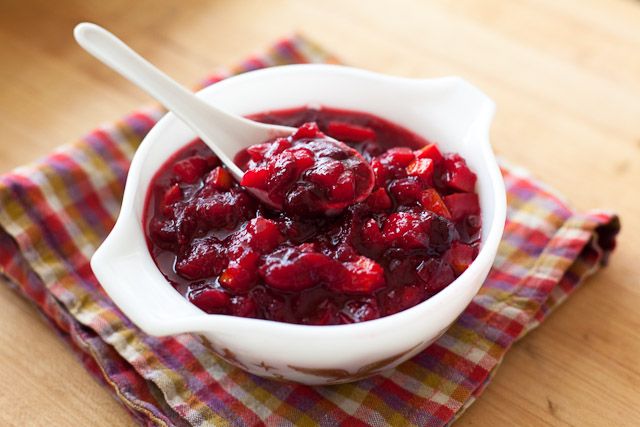Pass the Cranberries: Tiny Fruit Has Big Potential in Urinary, Cardiovascular Health
Researchers at Tufts University have published a timely review of the cranberry's phytochemical composition with emphasis on urinary and cardiovascular heath.

For many Americans, cranberries are a must-have during the holidays.
In light of recent studies suggesting berry fruits are a rich source of numerous phytochemicals that possess a wide range of human bioactivities, researchers at Tufts University have published a review of the cranberry’s phytochemical composition with emphasis on urinary and cardiovascular heath.
Vaccinium macrocarpon, the American cranberry, is rich in flavan-3-ols, anthocyanins, benzoic acid, and ursolic acid. But it’s the cranberry’s A-type procyanidins (PACs) that are of particular interest for urinary health. Many plant-derived foods such as apples, grapes, and chocolate are rich in PACs, and avocados, cinnamon, cranberry, lingonberry, peanuts, and plums contain them, as well. However, only the cranberry and the lingonberry contain exceptionally high amounts of A-type PACs, which inhibit in vitro adhesion of P-fimbriated E. coli bacteria to uroepithelial cells much more aggressively than B-type PACs.
Researchers have studied cranberries as an alternative to chronic, low-dose antibiotics for resistant urinary tract infection (UTI). Most agree that the berry’s anti-adhesion effect described above is its primary mechanism of action. As bacteria are unable to adhere and grow, they are eliminated before an infection can be established.
The researchers also found that cranberries may have beneficial effects on arterial stiffness, dyslipidemia, diabetes, endothelial dysfunction, hypertension, inflammation, oxidative stress, and platelet function. They reviewed studies suggesting the biochemicals contained in cranberries might slow atherogenesis, lesion progression, plaque rupture, thrombosis, and myocardial infarction and its dirge, ischemic cardiomyopathy. There is strong evidence that cranberry extracts can lower low-density lipoprotein cholesterol (LDL-C) while increasing high-density lipoprotein cholesterol (HDL-C); however, the data is less robust in the setting of diabetes and hypertension, as most of it comes from animal studies.
Clinicians who wish to know what the literature says about cranberry use in children, women, or the elderly will fine concise summaries, including doses, in this paper. It’s a useful review of the American cranberry, and a timely read as we head to the holiday buffet.